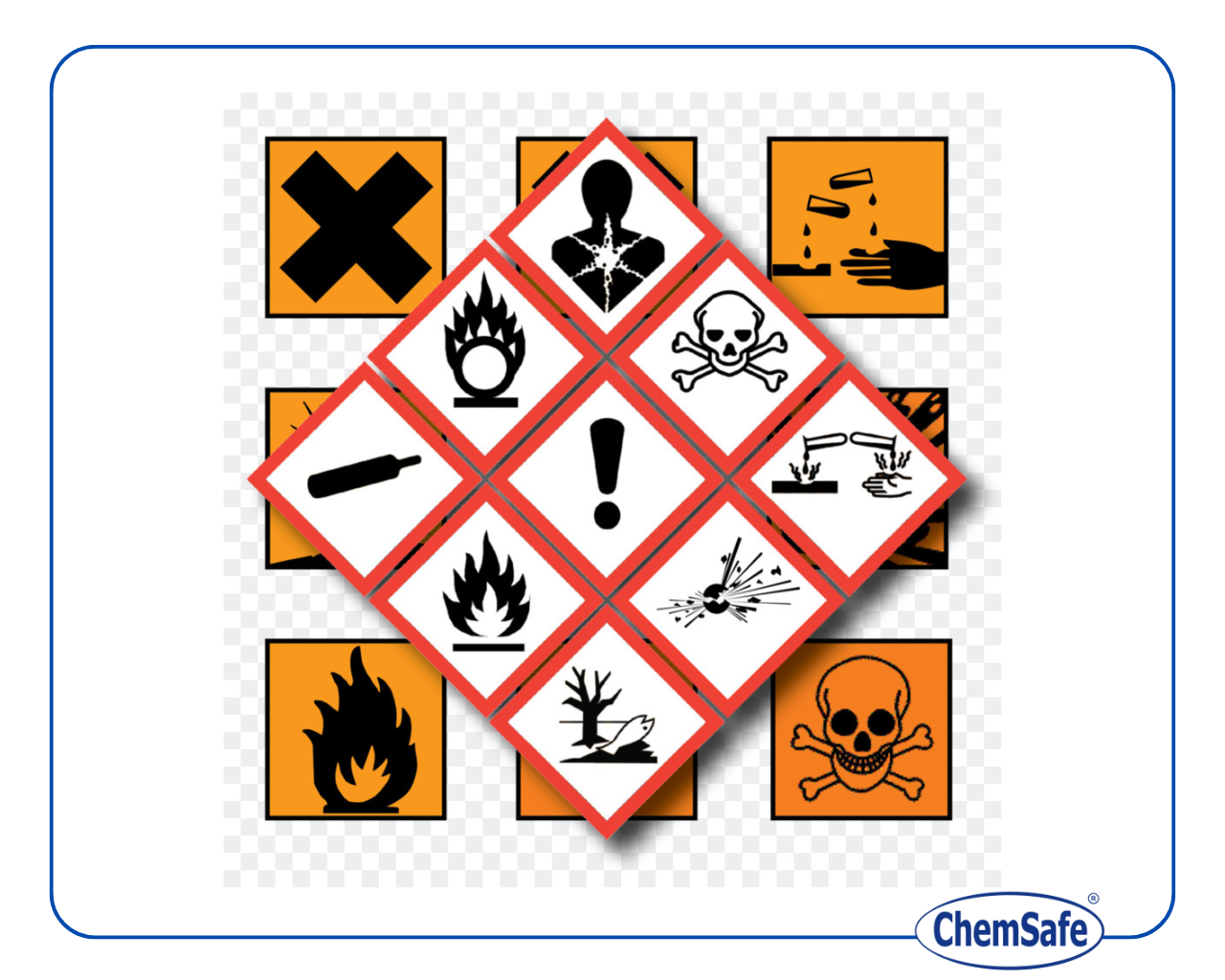the new guidance helps companies analyse alternatives under the Biocidal Products Regulation for potentially dangerous active biocidal substances
Currently, there are 59 biocidal active substances identified as “candidates for substitution” (CfS) under the BPR (Art.10), and 441 active substances under assessment.
Article 5 of the BPR ensures that, during the evaluation of an application for active substance approval, active substances will be assessed against exclusion criteria which have been set to phase out substances which raise particular concerns. Active substances meeting one of such criteria shall not be approved unless at least one of the conditions set out in Art. 5(2) of the BPR is met. Art.5(2) specifies that the availability of suitable and sufficient alternative substances or technologies shall be a key consideration when deciding on the approval of substances meeting the exclusion criteria. In this sense, the submission of an analysis of alternatives by the applicant is required.
When substances meet at least one of the criteria for substitution, but do not meet any of the exclusion criteria, a comparative assessment at biocide product level is performed by the relevant competent authority. The placing on the market of the biocidal products containing an active substance which is CfS shall be prohibited/restricted in case the comparative assessment demonstrates that suitable alternatives are available. The submission of an analysis of alternatives by applicants for approval/renewal of such active substances is not legally required but strongly recommended to support the comparative assessment at product authorisation stage.
The ECHA guidance “Analysis of alternatives to biocidal active substances for applicants and authorities: a recommended framework guidance”, released on last January, is primarily aimed at:
- The applicants to support their application for approval/renewal of a biocidal active substance meeting the exclusion/substitution criteria, and
- The competent authorities willing to perform an analysis of alternatives for such active substances.
An alternative to a biocidal active substance is a means able to replace the function that the active substance performs, and it must fulfil the following criteria:
- Safer, i.e. it reduces the risk to human health, animal health and the environment, and
- Technically and economically feasible for the users in the EU (including efficacy), and
- Available, from the perspective of production capacities, or of feasibility of the alternative technology.
The alternatives can be chemical substances or non-chemical alternatives (non-chemical means of control and prevention methods). Non-chemical alternatives can be e.g. physical means of achieving the same function of the biocidal active substance, or organisational procedures, preventive measures, devices, changes in a product manufacturing process, changes in the end-product, changes in the material of the end-product (e.g. steel pole instead of wooden pole), etc.
Overall, the analysis of alternatives should comprise:
- A brief description of the steps taken to identify potential alternatives.
- The main conclusions of the analysis regarding the identification of potential alternatives and the suitability and availability of these alternatives for the identified uses
- If there are no or insufficient suitable alternatives, a summary of the actions needed to make potential alternatives suitable and available and the timescale for these actions.
For further details, you can download the guidance here: https://echa.europa.eu/documents/10162/1276600/guidance_analysis_alternatives_biocides_en.pdf/10646cd2-8ec9-36a8-2f00-201fcc49c43e?t=1675846602684







